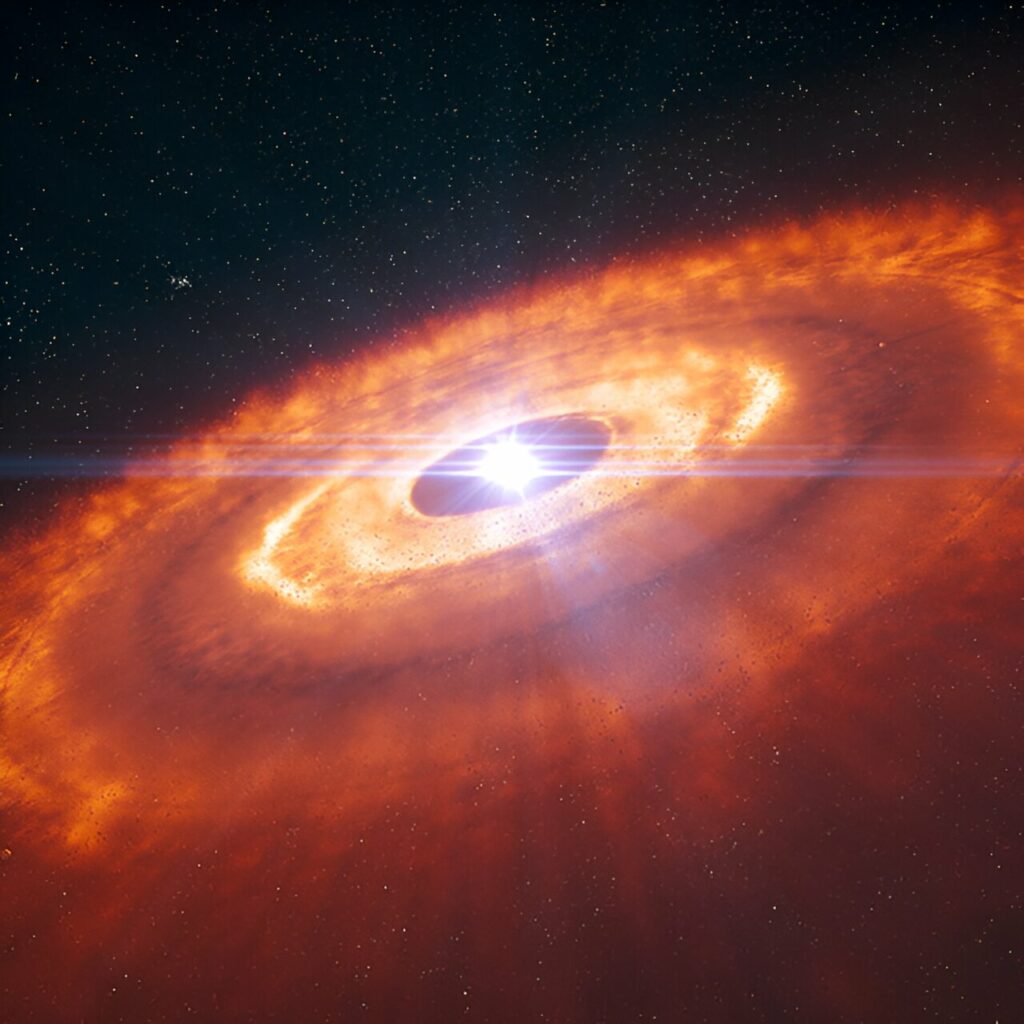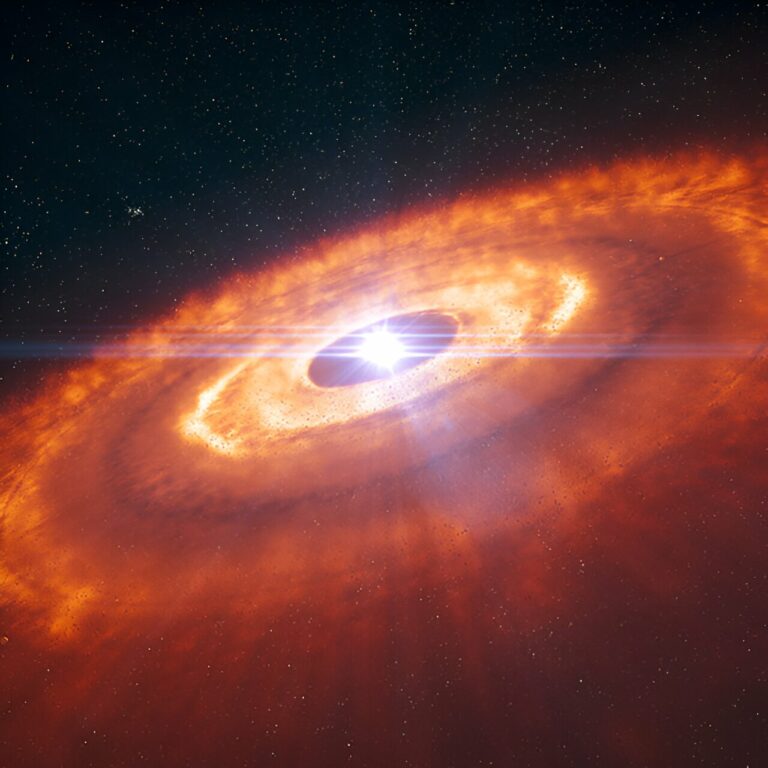The dust growth model suggests that the formation of planets could be more straightforward than previously believed.
Planets are born from the swirling clouds of dust and gas that surround young stars. Over time, the tiny particles of dust in these protoplanetary disks come together to form grains, which then gather to create planetesimals. These planetesimals, which can be several kilometers in size, have the potential to become the building blocks of new worlds.

The exact processes that lead to each stage of planet formation are still being studied by astronomers. One possibility is that planetesimals form when dust grains collide and stick together, a phenomenon known as coagulation.
Another possibility is that the drag experienced by dust grains as they move through the protoplanetary disk causes the dust to clump together, a process called streaming instability. “If these clumps become massive enough, planetesimals could form through the gravitational collapse of the clump,” explains Ryosuke Tominaga of the RIKEN Star and Planet Formation Laboratory.
To determine the relative significance of these two processes in the formation of planetesimals, Tominaga and Hidekazu Tanaka of Tohoku University in Sendai, Japan, developed a physical model to simulate the behavior of dust grains in protoplanetary disks. Their findings have been published in The Astrophysical Journal.
In their model, Tominaga and Tanaka considered various factors based on previous simulations of planetesimal formation, such as the speed and stickiness of the dust grains. For instance, if the grains collide too rapidly, they may actually break apart instead of forming larger grains.
According to Tominaga, some studies have indicated that dust grains in planet-forming regions may not be very sticky and their growth could be limited by fragmentation due to high collision velocities. This acts as a barrier preventing dust from growing into planetesimals.
Tominaga and Tanaka developed a model to estimate the time it would take for dust grains to grow through coagulation and compared it to the time scale of clumping through streaming instability.
The model demonstrated that both processes occur at similar rates and actually support each other, creating a positive-feedback loop. As Tominaga explains, dust growth enhances clumping efficiency, while stronger clumping promotes dust growth. This feedback mechanism is believed to facilitate the formation of planetesimals.
Interestingly, this effect holds true for both icy dust grains and silicate grains, which resemble sand.
However, Tominaga acknowledges that the current model provides a basic estimate of dust growth. He intends to conduct more precise numerical simulations to gain a more detailed understanding of these processes involved in planetesimal formation.
Do not forget to share your opinion with us to provide you with the best posts !




0 Comments